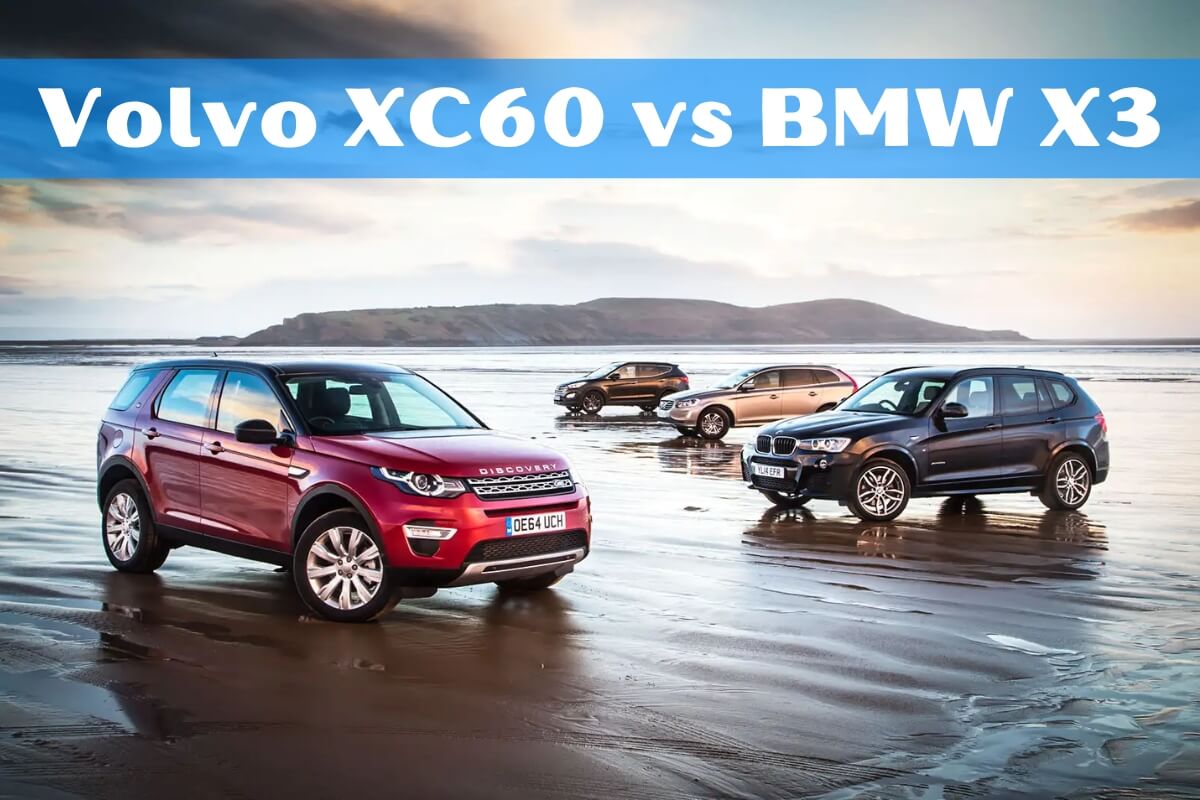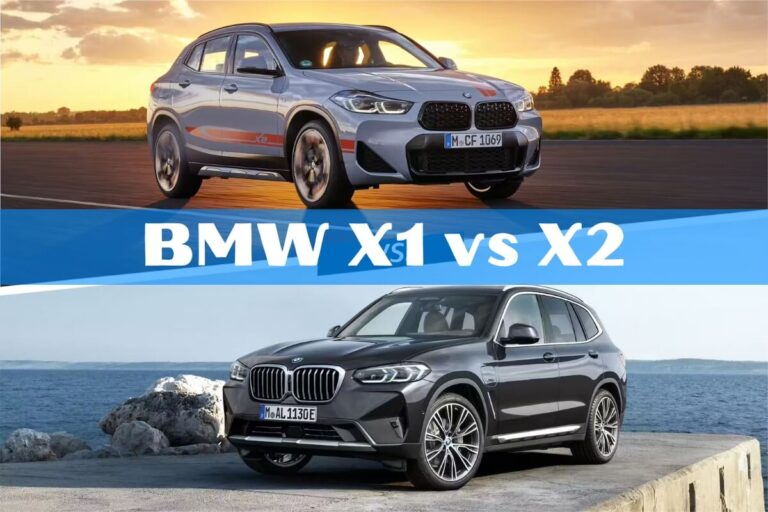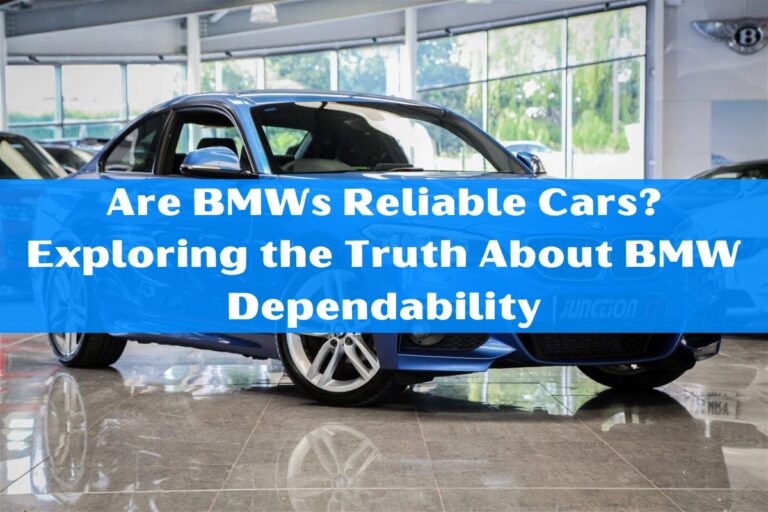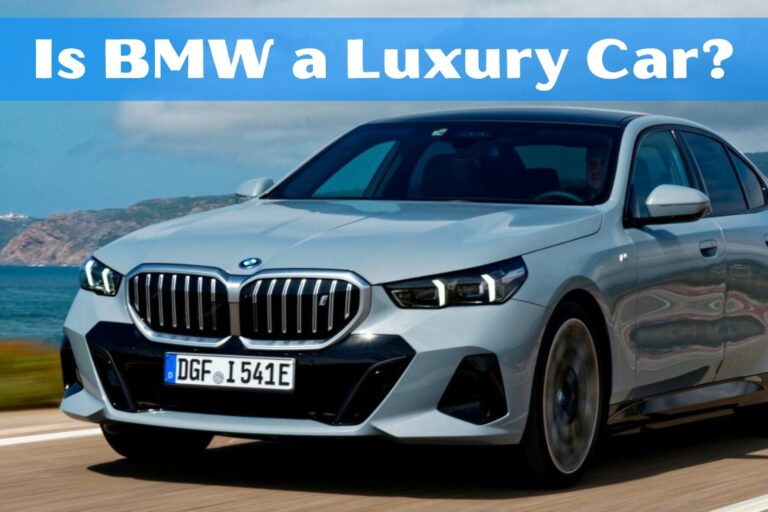Volvo XC60 vs BMW X3: Luxury Crossover Comparison

Are you trying to decide between the Volvo XC60 and BMW X3 for your next luxury midsize SUV? This in-depth comparison will help you understand the key differences in performance, interior, safety, pricing, and more so you can make the best choice.
In the competitive luxury SUV market, the Volvo XC60 and BMW X3 stand out as two excellent options packed with style, comfort, and capability. But which one deserves the top spot on your list?
This article will dive deep into the battle of the Volvo XC60 vs BMW X3. We’ll compare every critical factor like engine power, fuel efficiency, cargo space, tech features, safety ratings, pricing, and overall value. By the end, you’ll have a clear picture of the strengths and weaknesses of each SUV to determine the ideal fit for your lifestyle and budget.
Performance and Driving Experience
For many SUV buyers, performance is a top priority. Both the XC60 and X3 deliver capable driving dynamics, but there are some key differences under the hood.
Engine Options and Power Outputs
The Volvo XC60 offers two primary gasoline engine choices – the standard 2.0L turbocharged 4-cylinder with 247 hp or the optional plug-in hybrid with a combined 455 hp from the gas engine and electric motor. There is also a 2.0L turbo-diesel option for maximum efficiency.
On the other side, the BMW X3 sticks to gasoline power only, with a 2.0L turbo 4-cylinder (248 hp) in the base 30i and a spirited 3.0L turbo inline-6 (382 hp) in the M40i performance trim. The inline-6 provides substantially more power than any of the Volvo’s engines.
Fuel Efficiency Ratings
Despite having slightly less horsepower, the Volvo XC60’s base engine is more fuel-efficient than the comparable BMW X3 30i. The XC60 gets an EPA-estimated 22 mpg city and 28 mpg highway compared to 23 mpg city and 29 highway for the X3.
However, the real efficiency champion is the XC60 Recharge plug-in hybrid, rated at 57 MPGe combined when using both gas and electric power. For pure electric range, it can drive an estimated 19 miles solely on the battery.
Handling and Ride Quality
The BMW X3 lives up to its “Ultimate Driving Machine” reputation with incredibly sharp, sporty handling and a taut, responsive ride – especially in the high-performance M40i trim. It offers impressive agility for its size, thanks to the rear-wheel-drive platform and firm suspension tuning.
While the Volvo XC60 can’t quite match the X3’s performance capabilities, it strikes an excellent balance between comfort and athleticism. The ride is smooth and compliant on most road surfaces while still allowing respectable handling composure in the corners.
Transmission and Acceleration
Most XC60 and X3 models come standard with an excellent 8-speed automatic transmission, but the Volvo also offers a 7-speed dual-clutch automatic with the T8 Recharge plug-in hybrid powertrain.
In terms of straight-line acceleration, the BMW X3 30i hits 60 mph in just 6 seconds, while the base Volvo XC60 isn’t far behind at 6.4 seconds. But the X3 M40i really separates itself as a true performance machine, sprinting to 60 mph in a blistering 4.4 seconds.
Interior Comfort and Design
Luxury vehicles are expected to provide an upscale interior experience, and both the XC60 and X3 deliver – albeit with some key differences in design, materials, and overall cabin environment.
Cabin Space and Dimensions
On the specifications, the Volvo XC60 has a slight advantage in interior room, especially for rear seat passengers. It offers 41.5 inches of front legroom (vs. 40.3″ in the X3) and a generous 38 inches of rear legroom compared to just 36.4 inches in the BMW.
However, the BMW X3 counters with more overall cargo volume – 62.7 cu.ft. with the rear seats folded versus 63.3 cu.ft. in the XC60.
Seating Comfort and Materials
When it comes to seat comfort and quality materials, it’s a virtual tie between these two premium SUVs. They both feature standard leatherette upholstery with optional upgrades to genuine Nappa leather, power adjustability, heating/ventilation, and even massage functions on upper trims.
Some find the BMW’s sport seats to have a touch more side bolstering but personal preference plays a major role in determining which set is most comfortable.
Infotainment and Technology Features
Volvo and BMW take different approaches with their infotainment systems, though both are user-friendly and well-equipped with the latest tech features.
The XC60 uses a 9-inch vertically-oriented touchscreen running Volvo’s Sensus interface. It comes standard with Apple CarPlay/Android Auto, navigation, and premium audio system. A digital instrument cluster is available but not standard equipment.
Similarly, the X3 relies on BMW’s latest iDrive system – widely regarded as one of the best luxury infotainment setups. It uses a standard 10.25-inch touchscreen with navigation, and the upgraded Live Cockpit Professional system adds a gorgeous 12.3-inch digital instrument display.
Exterior Styling
Style preferences are subjective, but there’s no denying these two SUVs wear sleek and modern exterior designs that align well with their respective brand aesthetics.
Bold Volvo Design vs Signature BMW Looks
The Volvo XC60 exemplifies the Swedish brand’s fresh design direction with sculptural lines, a bold upright grille, distinct “Thor’s Hammer” LED lighting signatures and an elegant yet muscular stance. Available wheel sizes range from 18 to 21 inches.
As for the BMW X3, its styling adheres closely to the brand’s ethos of sophisticated sportiness. The signature kidney grille leads a chiseled and aggressive front end, with crisp character lines framing a coupe-like profile. Wheel options stretch from 18 to 21 inches.
Safety Ratings and Features
Few priorities are more important than safety when shopping for a family vehicle like the XC60 or X3, and both SUVs earn top marks from safety organizations.
Crash Test Results
In independent crash testing by the IIHS, both the 2023 Volvo XC60 and 2023 BMW X3 earned the Top Safety Pick+ award – the institute’s highest honor.
NHTSA testing yielded perfect 5-star overall safety ratings for the XC60 and X3 as well.
Standard and Available Driver Aids
As modern luxury SUVs, the XC60 and X3 come loaded with the latest advanced driver assistance systems as either standard or optional equipment.
On the XC60, standard safety tech includes automatic emergency braking, blind-spot monitoring, rear cross-traffic alert, lane keeping aid, automatic high beams, and road sign recognition. More advanced systems like Pilot Assist (semi-autonomous driving mode) are optional.
The BMW X3 also makes automatic emergency braking standard along with lane departure warning and blind-spot monitoring. Available options include adaptive cruise control, front/rear parking sensors, surround-view camera, and the excellent Extended Traffic Jam Assistant hands-free system.
Pricing and Value
As luxury midsize SUVs from premium brands, neither the Volvo XC60 nor BMW X3 would be considered inexpensive – but their pricing structures illustrate some important value differences.
Base and Upper Trim Costs
For the 2023 model year, the Volvo XC60 kicks off at an MSRP of $43,795 including destination for the Core base trim. Prices climb through the Plus ($49,795) and Ultimate ($59,895) trims, topping out at around $70,000 for a fully loaded Recharge plug-in hybrid.
The 2023 BMW X3 has a starting price of $46,295 for the rear-wheel-drive sDrive30i model. Prices increase from there to $49,995 for the xDrive30i, $58,795 for the M40i, and $73,295 for the X3 M Competition model. Adding options can push the X3 past $80,000.
Performance and Efficiency
The Volvo XC60 offers four different powertrains. The T5 has a 247-hp turbocharged 2.0-liter four-cylinder, while the T6 gets a 295-hp turbocharged and supercharged 2.0-liter. The Recharge plug-in hybrid pairs the T6 engine with an 87-hp electric motor. The Recharge makes 455 hp and 523 lb-ft of torque. Fuel economy ranges from 26 mpg combined for the T5 to 57 MPGe for the Recharge.
The BMW X3 comes standard with a 248-hp turbo 2.0-liter four-cylinder. The M40i gets a 382-hp turbo 3.0-liter inline-six. The X3 M has a 473-hp version of that engine. Fuel economy is in the mid-20s for the four-cylinder models and low 20s for the inline-sixes.
Interior and Cargo Space
The Volvo XC60 has a luxurious and roomy cabin with good small item storage. Synthetic leather upholstery is standard, with upgraded leather in higher trims. Cargo space is a generous 63.3 cubic feet with the rear seats folded.
The BMW X3’s cabin also feels upscale, with high-quality materials and good build quality. Synthetic leather is standard, with nice optional Dakota and Vernasca leathers. The X3 has 62.7 cubic feet of maximum cargo space.
Final Thoughts
The Volvo XC60 and BMW X3 are both excellent premium mid-size SUVs. The XC60 has a slight pricing advantage, more powerful plug-in hybrid option, and a bit more cargo space. But the X3 offers a higher performance ceiling with its M models. Both provide luxurious cabins and the latest tech features. For most buyers, it will likely come down to brand preference and priorities like performance versus efficiency. Either way, you’ll get a refined, upscale crossover experience.






